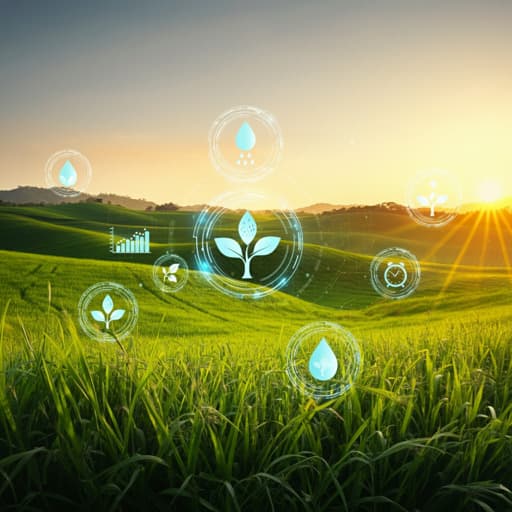
Agriculture
The Role of Digital Agriculture in Transforming Rural Areas into Smart Villages
M. R. Chowdhury, M. U. Sourav, et al.
This paper investigates how digital agriculture can revolutionize rural areas into smart villages, tackling challenges like healthcare and education access. The research conducted by Mohammad Raziuddin Chowdhury, MdSakib Ullah Sourav, and Rejwan Bin Sulaiman showcases innovative applications in areas such as precise irrigation and pest detection to enhance agricultural productivity and quality of life.
~3 min • Beginner • English
Related Publications
Explore these studies to deepen your understanding of the subject.







